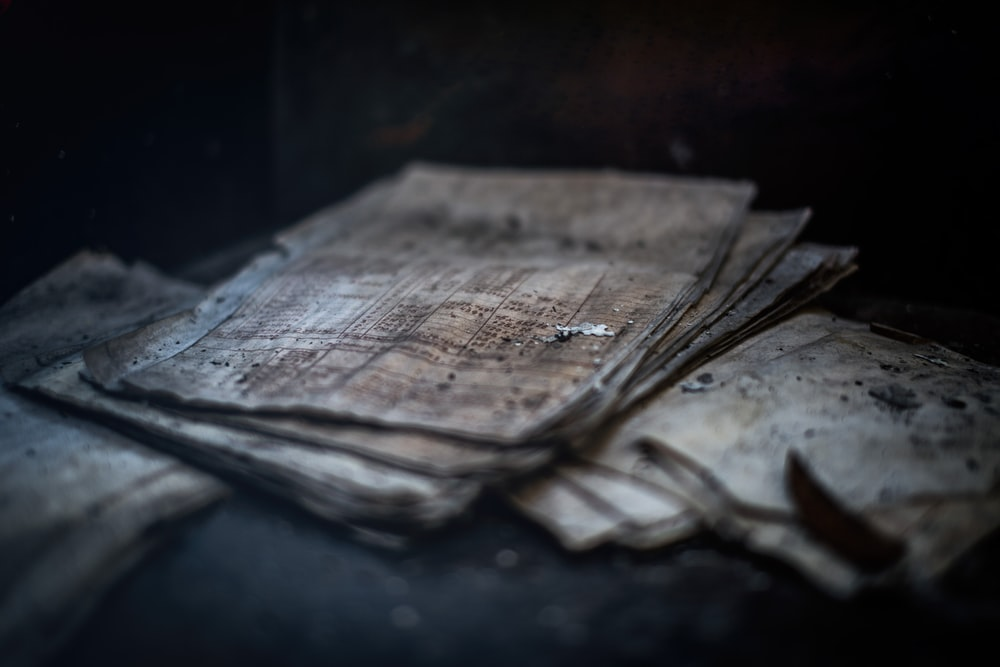
If you’ve been researching your family’s history, you’ve probably already come across references to the mysterious fate of the 1890 US census. According to the United States Census Bureau’s website, the census was severely damaged in January 1921 in a fire that broke out in the Commerce Department Building.
The missing 1890 census is something that bothers most genealogists significantly, and with good reason. National censuses started in 1790, and until about 1840, only the names of household heads were recorded. However, the following enumerations were more detailed, and it was the 1890 census that provided more details on households than ever before. Needless to say, it would’ve been a treasure trove for genealogists, and family researchers had it survived in its original form.
Why Is The 1890 US Census Particularly Valuable For Genealogists?
The 1890 US census was, without doubt, the most detailed census recorded until that time. However, detailed enumerations weren’t the only new factor that made the census stand out.
The 1890 US census was the first machine-tabulated census, which was a key contributor to its comprehensiveness. It also highlighted some significant findings, including the largely reduced populations of Native Americans in the US. Moreover, the census determined that the US’s frontier region had ceased to exist, and therefore the Census Bureau would no longer track the westward migration.
This was also the first census to record over one million populations in most states, with multiple cities also recording populations of over a million.
The 1890 US Census Was Never Stored Properly To Begin With
Back in the day, the census documents were all stored in the basement of the Commerce Department Building in Washington, DC, in a fireproof and waterproof vault. However, according to the National Archives’ reports, the 1890 census wasn’t stored inside the vault but instead on wooden shelves right outside due to a lack of space.
While this significant oversight hasn’t been repeated since, and disaster recovery looks very different today, it’s obvious that this error was a critical factor in the loss of the 1890 US Census.
What Followed The Fire Was Equally Bad For The Records, If Not Worse
The fire in the Commerce Building occurred on January 10th, 1921. It’s reported that it started in the boiler room, located in the basement. The smoke soon made its way into the file room where the records were stored.
The fire department arrived quickly and attempted to put out the fire by pumping water into the cellar—eventually, about 20 high-volume streams were pumped in. This was 4500 gallons of water per minute that put out the fire and, at the same time, damaged the delicate records.
Initially, the Census Director thought the records could be recovered, and he may have been right; however, he was reportedly not allowed to work on the recovery efforts due to insurance issues.
The documents that survived were moved to a different building by the end of the month, where they apparently remained for the next several months without recovery interventions until they were moved back to the Commerce Building in May. At that point, archivists were finally engaged to try to save as much data as possible from the ruined records.
Most Ruined Records Were Also Destroyed
Sadly, and somewhat frustratingly, the water and fire-damaged records were somehow included in a list of documents to be destroyed in 1933. The list was presented to Congress and was approved in February 1933, and the records were destroyed at some point later in 1934 or 1935. Amazingly, based on all available historical sources, there was little to no resistance to the idea of destroying such essential federal documents.
However, that being said, there are fragments of the 1890 census that have somehow survived. If you’re lucky, you might find your ancestors in these limited records. In case you don’t, reach out to us at DavisDNA And Family Research, and we’ll try and figure out an alternative approach.
We offer traditional genealogy services and Investigative Genealogy services.
For more information about our genealogy services, you can email us at info@davisdna.com or fill out the online contact form, and we’ll get back to you!
